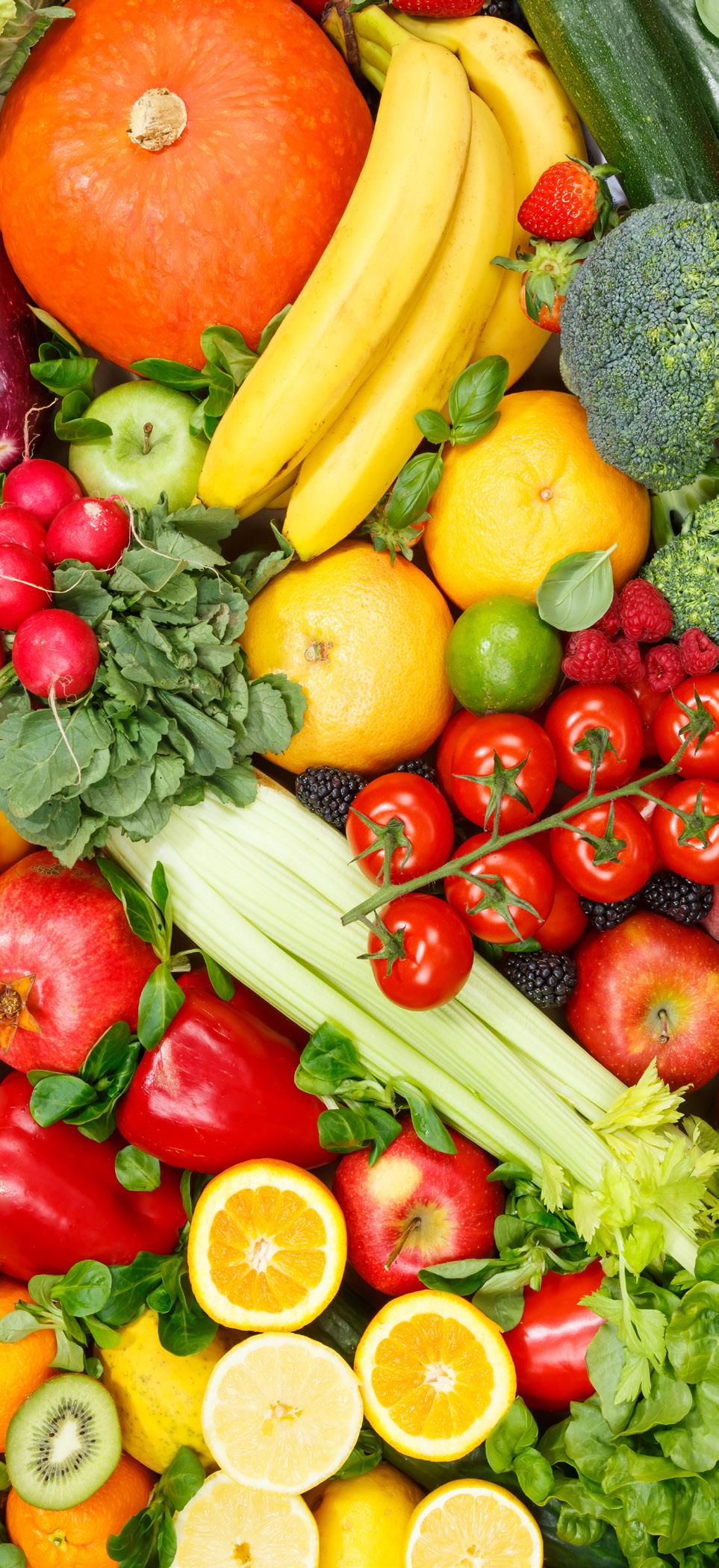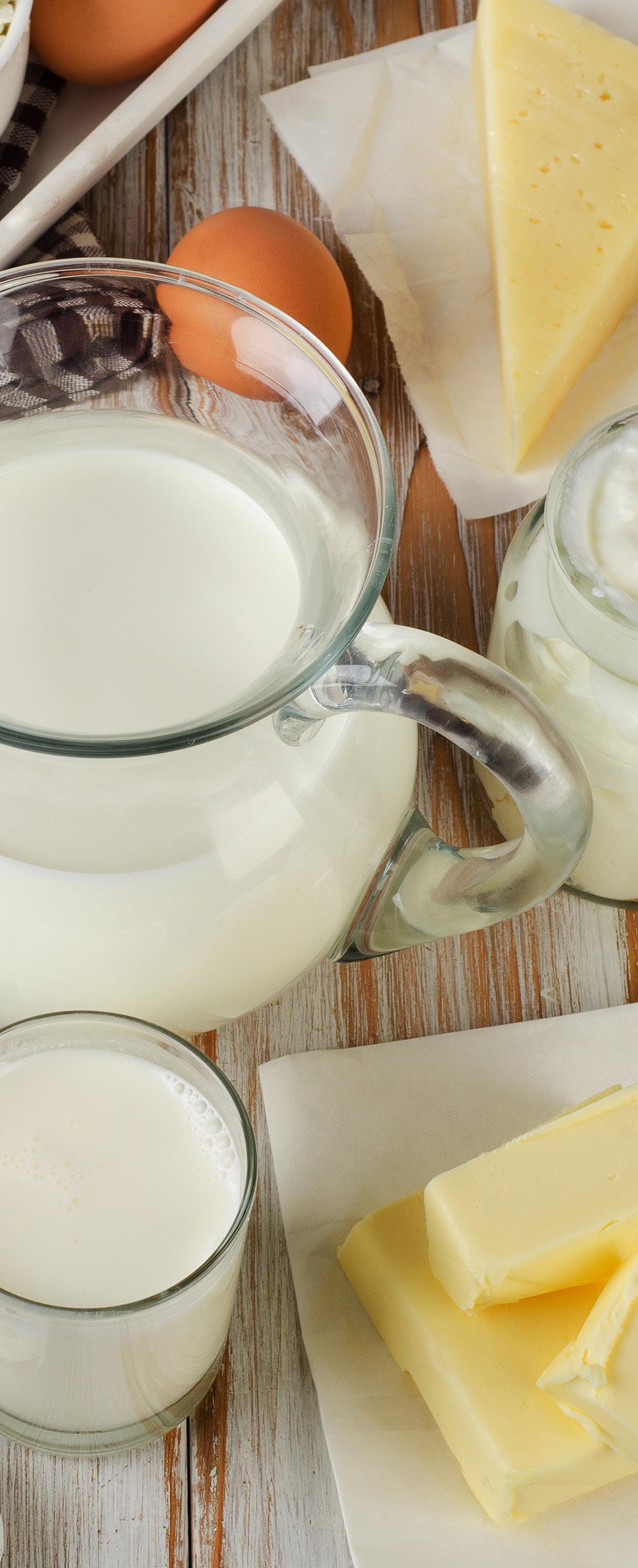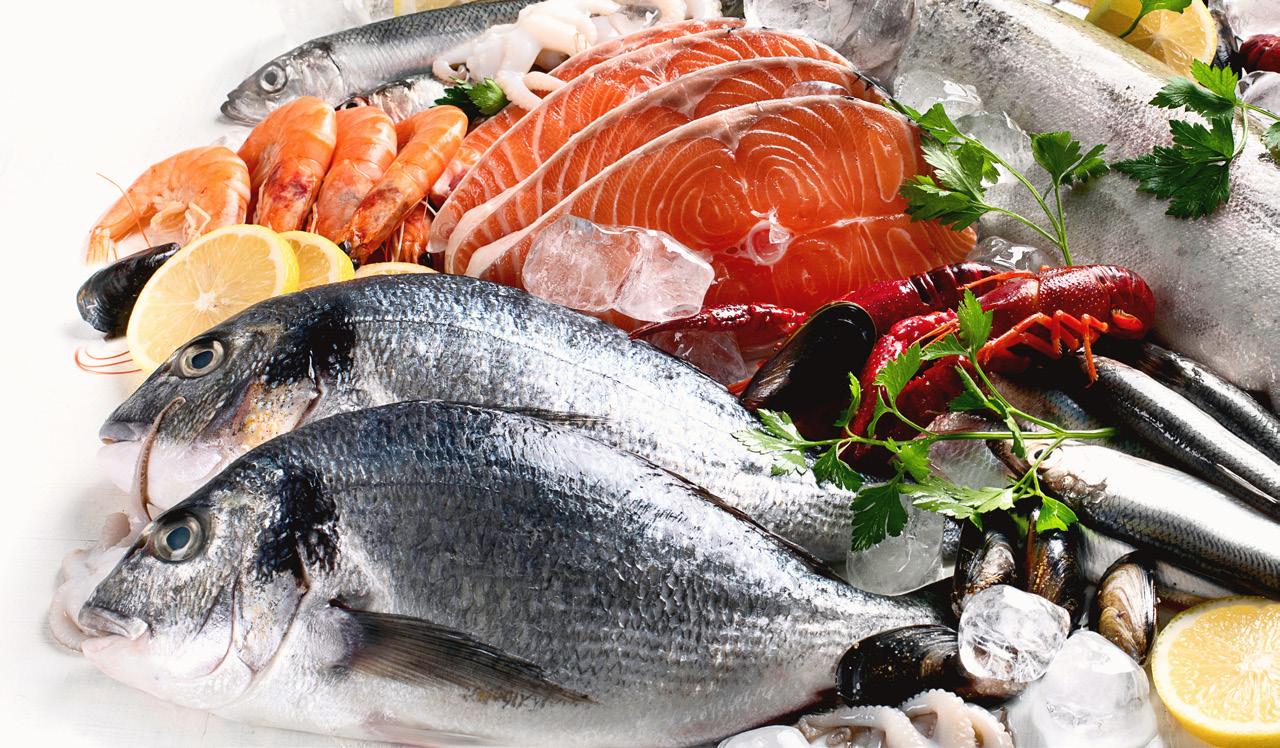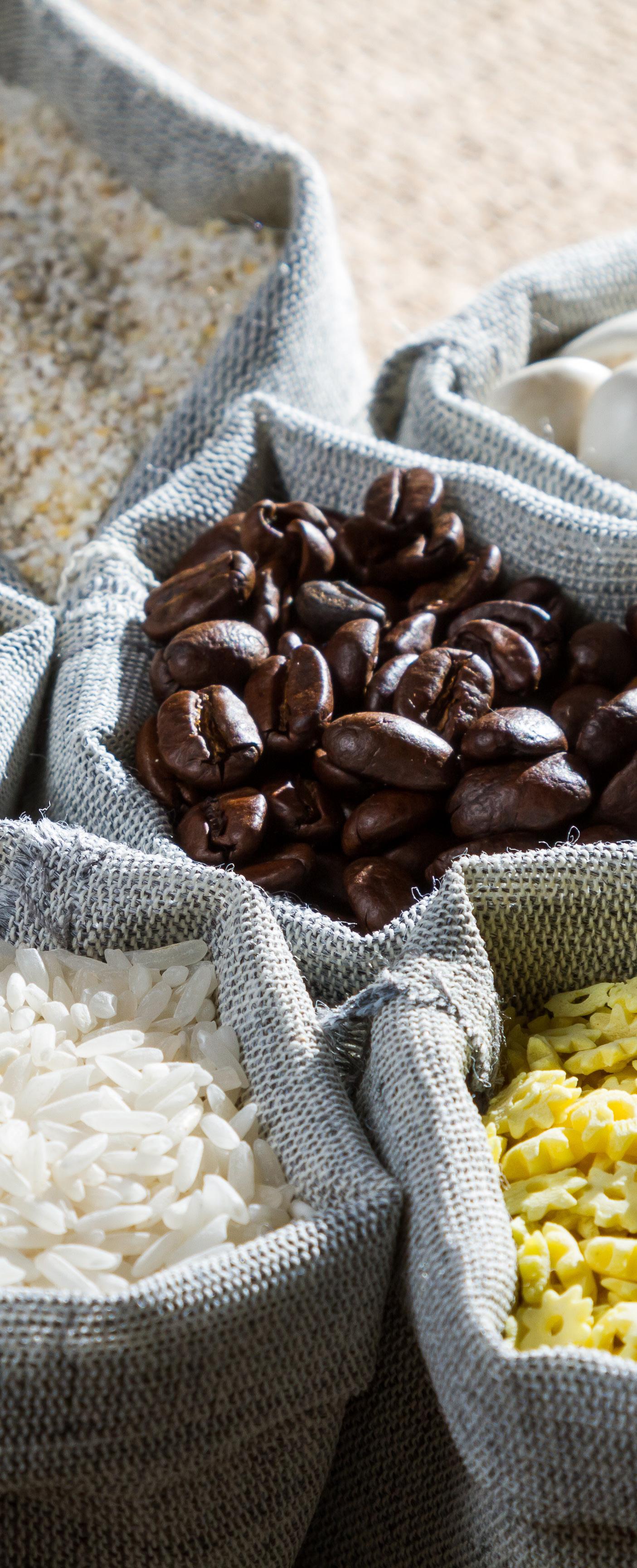F&B MARKET TRENDS September 2024



Weather remains a significant influence on global commodity prices, affecting numerous categories. Cocoa, in particular, has been heavily impacted, with its price more than doubling since the beginning of 2024. This surge has led to price increases in a wide range of products that contain cocoa as an ingredient.
Although nothing is certain, there are encouraging signs regarding the upcoming potato crops. However, the poor weather in the UK has affected the yield of green beans . To compensate, additional supplies are being sourced from Italy and the Netherlands.
The recent warmer weather has benefited berries, helping them recover from previously challenging growing conditions. While the situation remains difficult, no significant availability issues are expected.
In the Murcia region, excessively high temperatures have caused some internal quality problems with melons.
Challenges are anticipated for oranges, lemons, and easy peelers in the near future, as the Citrusdal region recovers from severe flooding in the Western Cape, South Africa’s key citrus-growing area. Although harvesting has resumed, frost in the Limpopo region has further impacted crop yields.

Post-summer holiday demand was anticipated, but the recent surge has reportedly caught the market off guard. Ongoing supply challenges are exerting pressure on both stock levels and pricing.
Milk: Low milk production volumes and reduced fat content continue to limit stock availability. There are mixed reports on the impact this will have on contracts and pricing for September.
Bulk Cream: The market remains strong, with monthon-month price increases continuing. The limited availability of liquid milk fat is a key factor affecting the market.
Butter: Due to the scarcity of cream, butter production remains tight, leading to reduced output. Concerns around both supply and pricing are expected, making this a key area to monitor in the coming months.
Cheese: Mild Cheddar demand has seen mixed reports. However, supply remains constrained due to insufficient stock to meet demand. There are concerns for Q4, with buyers opting for short-term purchases.
Key Considerations: Concerns persist regarding Q4 supply across the dairy category.

Beef: GB deadweight prime cattle prices continued to rise as supply slightly dipped. Recent retail figures show strong demand for beef, with mince leading sales. Overall spending in the beef category has increased by 3.7% compared to 2023.
Pork: GB pork prices eased slightly month-on-month in June, but there has been little change during the first half of 2024.
Lamb: New season GB lambs have seen slower growth, affecting throughput numbers. Imports have increased to meet domestic demand, but these are expected to decline in the coming months. Exports have been impacted by domestic pricing and reduced production capacity.
Turkey: Prices are expected to rise sharply in the coming months as the main EU producer exits the market. It is advisable to secure frozen supplies ahead of the festive period to avoid potential shortages.



Bream: Prices have been high, recently surpassing Bass due to last year’s elevated feed costs, changes in harvesting, and 2023 shortages. However, reports suggest this peak has passed, and prices are beginning to ease.
Salmon: Favourable growing conditions have led farmers to increase harvests, resulting in reduced prices. Processors are taking advantage of these lower prices by freezing stock and building inventories. This market should be monitored closely, as last year’s prices surged rapidly. Inflation is anticipated in October and November.
Trout: Prices remain stable, with farmed trout showing no issues, and sea-reared trout following the downward trend of salmon. Trout is recommended as an alternative to salmon for the autumn.
Halibut: Prices are expected to remain stable.
Smoked Salmon: Prices are moving in line with fresh salmon.
Frozen: Prices for frozen cod and haddock continue to rise, driven by freight costs, the ongoing exclusion of Russian raw materials, and pressure on Norwegian supplies due to increased demand. Pollock is also seeing price increases, though to a lesser extent.
Key Considerations: Cod is expected to face pressure in both availability and price next year due to further quota cuts recommended by the Norwegian-Russian Fishery Commission (a 64% reduction over three years), primarily driven by a decline in spawning stock. Seafood suppliers are recommending alternatives, which should be considered.
Olive Oil: Prices increased in August due to a surge in demand following the removal of sales tax on Spanish olive oil. Initially, there was optimism for the 2024/25 harvest thanks to favourable rainfall, but severe heat and dryness in key growing regions have since created uncertainty around output.
Cocoa: Prices continue to rise, with further increases likely due to a combination of adverse weather conditions, aging cocoa trees, and crop diseases.
Rice: India’s export ban last year has allowed the country to build up sufficient domestic supplies. There is speculation that export restrictions may be eased in the near future.
Pasta: Italy is expected to see a reduction of up to 15% in durum wheat production due to dry weather and a decrease in the cultivated area. This comes on top of a low carryover from this year, exacerbated by the impact of the conflict in Ukraine on the grain market.

Wine: High temperatures along the Pacific West Coast in July have impacted crops in California, the leading agricultural state. Although the overall quality of wine grapes is still reported to be good, many have experienced sunburn and softening due to the heat. Additionally, there have been some losses in wine grape production.
Coffee: In Brazil, higher-grade coffee beans have seen a series of price increases due to reduced availability, while lower-grade beans have remained at similar levels to those in June. The country is currently facing one of its driest winters, which is affecting the remainder of the coffee crop, with 80% already harvested.

*All market intel sourced from supplier and Mintec reports